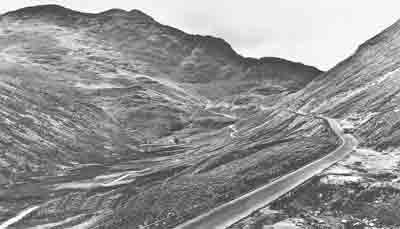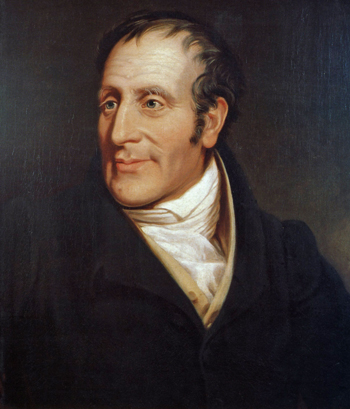 HELENSBURGH'S first Provost, steamship pioneer Henry Bell (1767-1830), came to live in the burgh in 1806.
HELENSBURGH'S first Provost, steamship pioneer Henry Bell (1767-1830), came to live in the burgh in 1806.
Already a successful businessman, engineer and architect, he built the Baths Hotel (later the Queen’s Hotel) in East Clyde Street to run with his wife Margaret as a spa near the marine villas of the wealthy Glasgow merchants who either lived in the town or kept a mansion as a summer holiday home.



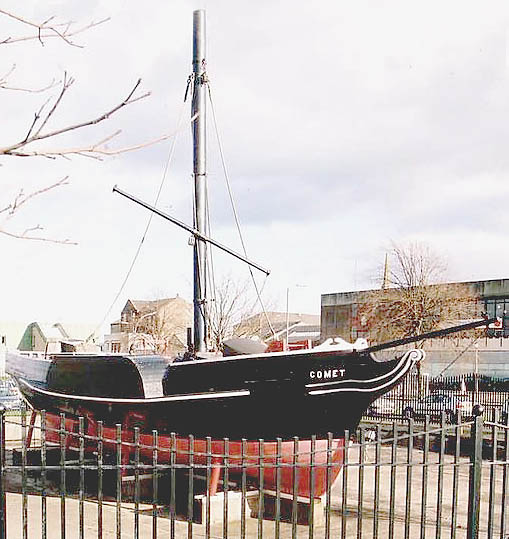 ON August 6 2012 it will be the bicentenary of the first commercial sailing of Henry Bell’s Comet steamship.
ON August 6 2012 it will be the bicentenary of the first commercial sailing of Henry Bell’s Comet steamship.
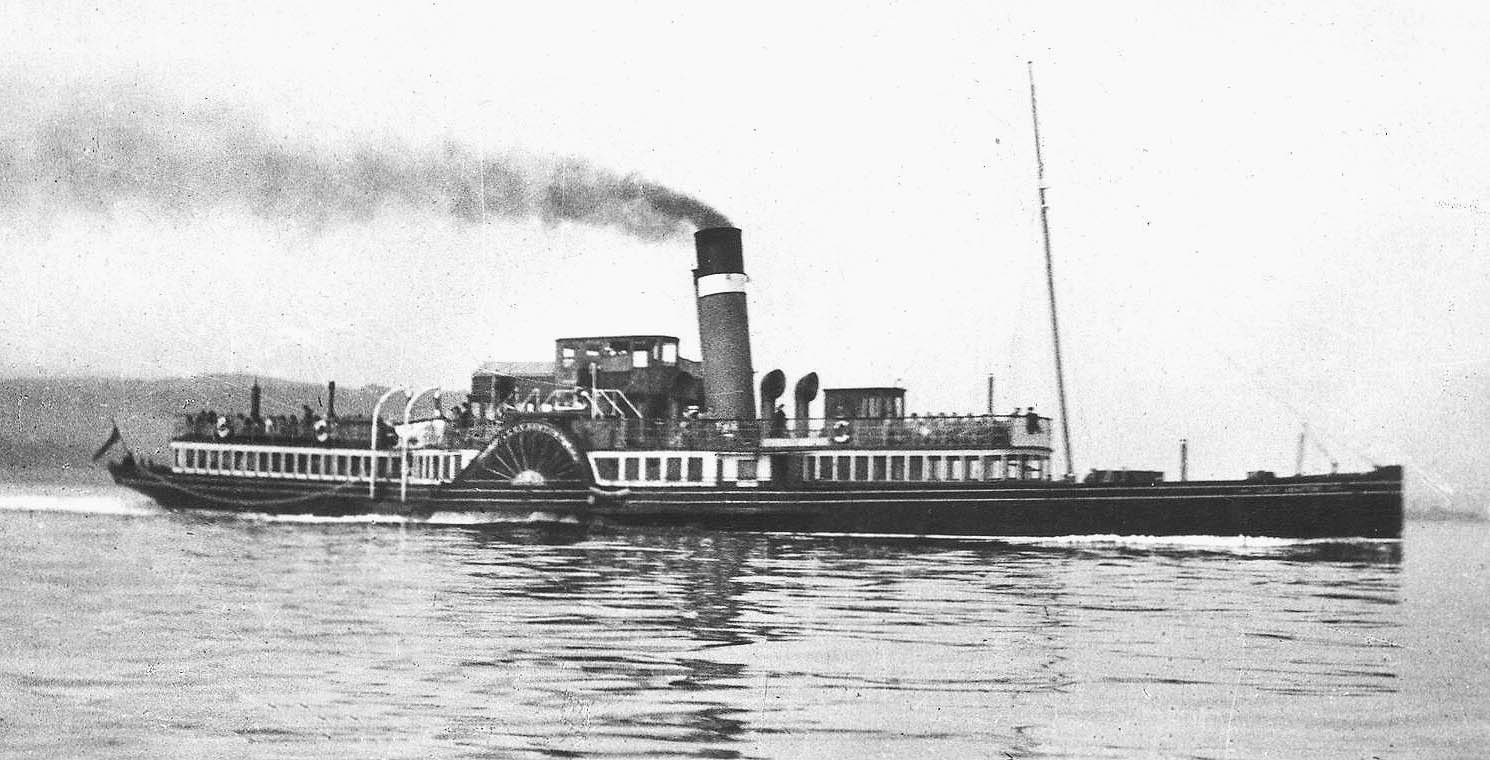 A month-long exhibition at Helensburgh Library in West King Street in February and March 2008 was dedicated to one of the Clyde’s best loved paddle steamers.
A month-long exhibition at Helensburgh Library in West King Street in February and March 2008 was dedicated to one of the Clyde’s best loved paddle steamers.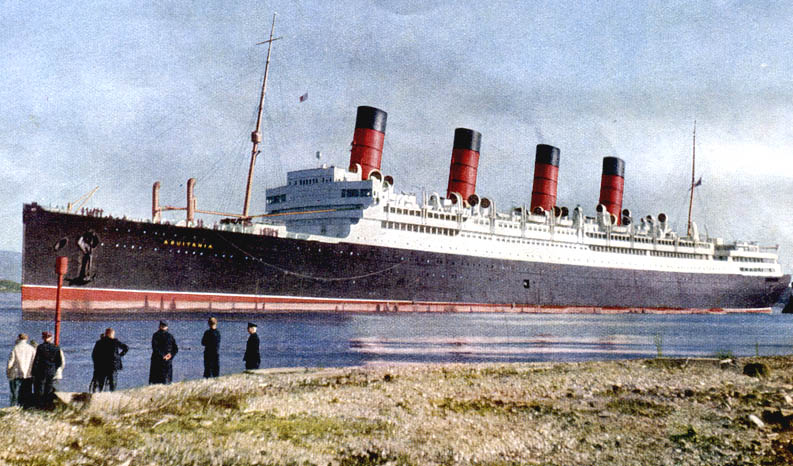
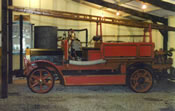 "Prompt at 3.30pm the siren blew and within a short time Helensburgh Fire Engine arrived at the pier, for a demonstration. The firemaster and a 10 man crew performed successfully." — it was reported in the Helensburgh and Gareloch Times in December 1920.
"Prompt at 3.30pm the siren blew and within a short time Helensburgh Fire Engine arrived at the pier, for a demonstration. The firemaster and a 10 man crew performed successfully." — it was reported in the Helensburgh and Gareloch Times in December 1920. DURING 1925 there were calls in Helensburgh for a motorised ambulance. Letters were continually letters sent to and published in the Helensburgh and Gareloch Times asking for a new ambulance.
DURING 1925 there were calls in Helensburgh for a motorised ambulance. Letters were continually letters sent to and published in the Helensburgh and Gareloch Times asking for a new ambulance. 